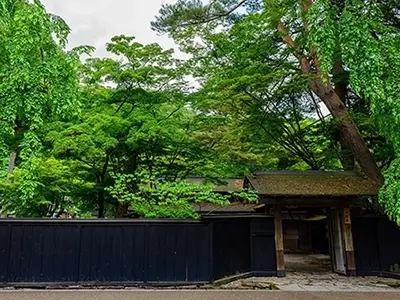
Tohoku
The region is made up of Akita, Iwate, Yamagata, Miyagi, Fukushima Iwate and Aomori prefectures.
-
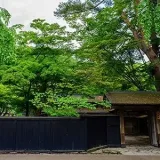
Explore Akita’s Hidden Gems-Lake Tazawa, Kakunodate & Hot Springs
Akita is not on the top of the list for destinations within Japan for the average foreign tourist, which is in part due to its remote location. However, for nature-lovers and those interested in history, it is certainly worth the trek up north!
-

Oga Peninsula, Akita-Discover Japan’s Hidden Coastal Treasure
Oga Peninsula, in the western part of Akita, juts out into the Japan Sea in the shape of an ax. Along its coastline are fantastic views of crags and boulders, and it is noted for its beautiful sunsets.
-
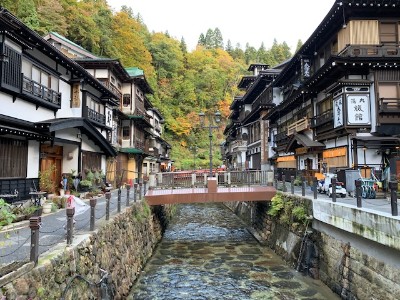
Ginzan Onsen | famous for its fantastic townscape with the Ginzan River and beautiful hot spring inns
Do you want to relax in a hot spring resort without the tourist crowds? It is a bit of a trek, but Ginzan Onsen in Yamagata is a perfect getaway for those who really want to bathe in nature.
-
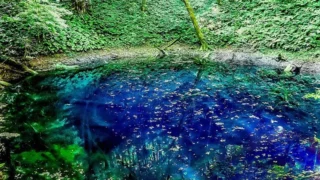
Juniko Lakes, Aomori | Beautiful cobalt blue pond
The Juniko (12 Lakes) in Aomori are a place of scenic beauty in the middle of a forest area in the mountains. It is a great spot for hiking and discovering flora and fauna in the area.
-
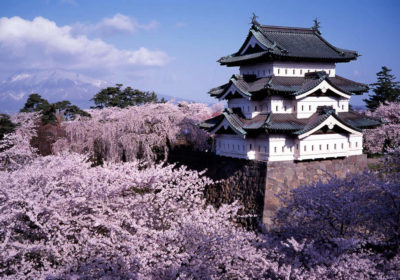
Hirosaki Castle, Aomori | One of the few castles where you can see beautiful scenery with snow
Hirosaki Castle stands in Aomori prefecture. It is a very important castle because it has one of the only 12 original main keeps which exist in Japan. It is one of the best places to view cherry blossoms in Japan.
-
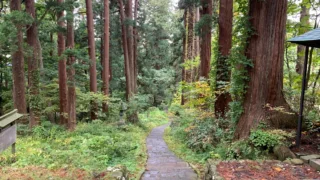
Dewa Sanzan, Yamagata | Peak of the Gods
The people who practice Shugendo asceticism on Dewa Sanzan are called ‘yamabushi’, and they are probably the most rigorous and stoic people in the history of Japan.
-

Tono City, Iwate | Michinoku’s three best cherry blossom viewing spots
Tono City in Iwate is not on the tourists’ Golden Route in Japan, but if you love horses or folk tales, it is a must-see destination. Not far from there is a park that’s one of the best cherry blossom spots in the country.
-
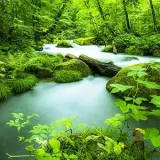
Oirase and Lake Towada, Aomori | Japan’s beautiful wilderness
Along with Lake Towada, the Oirase river has been designated as a special scenic spot and a natural monument of Aomori. This area is a paradise for nature lovers.
-
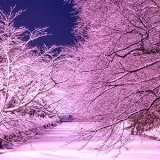
Hirosaki City, Aomori | A town that lives together with beautiful nature in every season
Hirosaki is known as a cherry blossom city, and you can enjoy beautiful sakura around Hirosaki Castle between late April – early May. You will also find a samurai district and the Neputa festival theme park in Hirosaki.
-
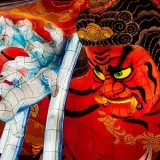
Aomori City | Beautiful Nature and Rich Food Culture
Aomori CIty is mostly skipped by tourists since the ferry is no longer the only way to get to Hokkaido, but if you happen to be here in August, the famous Nebuta Festival is worth a visit!
-
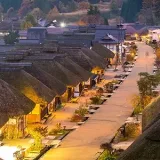
Ouchijuku, Fukushima | Time travel to the Edo period!
If you are interested in Japan’s history and want to immerse yourself in the atmosphere of the Edo Period, you should consider adding old post town Ouchijuku in Fukushima to your itinerary.
-

Aizuwakamatsu Castle (Tsuruga-jo Castle) | Beautiful scenery from season to season
Aizuwakamatsu Castle, also known as Tsuruga Castle, is a traditional fortress located in Fukushima Prefecture. It now houses a museum and, at the top, a lookout point with views of the entire city.
-

Aizuwakamatsu, Fukushima | Kingdom of Agriculture
Aizu-Wakamatsu in Fukushima is especially known for its delicious sake and long history of samurai culture.
-
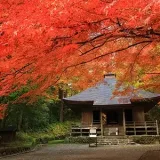
Hiraizumi | Origin of Zipang, the Land of Gold
Hiraizumi flourished for nearly one hundred years, during a peaceful era of prosperity. Today, you can still see remnants of this rich legacy.
-

Sendai City, Miyagi | Largest city in Tohoku region
While Sendai might not feature on most international tourists’ itinerary, if you have enough time in Japan or are not a first-timer, the city is nice stop for those who are interested in history and culture.
-
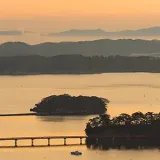
Matsushima and Naruko Onsen, Miyagi | Beautiful scenery created by Mother Nature
Matsushima near Sendai on the northern Pacific coast, is considered one of the three most scenic spots in Japan while still being off the beaten path. Just a one-hour train ride away is resort town Naruko Onsen.
-
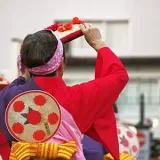
Yamagata City, Yamagata | A city surrounded by beautiful and magnificent nature
Yamagata City is a centrally located town within a short distance of famous sightseeing areas like Mt. Zao with its onsen, hiking spots, winter sports areas, and Yamadera.
-
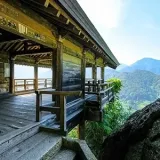
Yamadera : a Hidden Gem in the Mountains
Yamadera is a temple in a mountainous region of Yamagata. It was founded over a thousand years ago, and now it is one of the region’s best-kept secrets. Some of the most amazing views of nature can be seen from Yamadera.
-
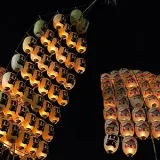
Akita City | Good drinks and fun festivities
The city’s heyday was in the 17th century, which is when Akita was the capital of the region under the feudal system. Nowadays it is a green city with a lively summer festival.